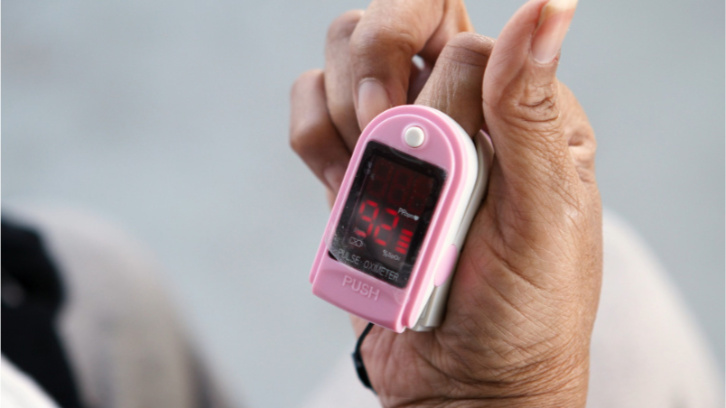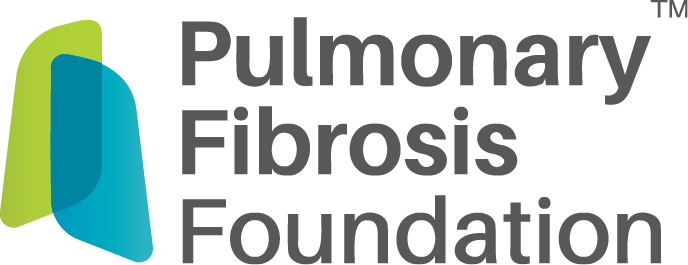What is Oxygen Therapy?
What is Oxygen Therapy?
People living with lung disease often have lower than normal levels of oxygen in their blood. When levels drop to 88% or lower, a healthcare provider may order supplemental oxygen. Oxygen is not addictive. Use it as prescribed by your healthcare provider.

Why is Oxygen Needed?
Every cell in your body needs oxygen to function. When you take a breath, oxygen moves down your airways into the small air sacs in your lungs and then into your bloodstream. The area where the oxygen crosses into the blood is called the interstitium. Interstitial lung disease (ILD) or pulmonary fibrosis (PF) causes this area to be swollen or scarred, which can decrease your oxygen levels, especially when you are active. Oxygen levels can be measured by taking a blood sample or, more often, by placing a device called a pulse oximeter on your finger or forehead.
Possible Signs and Symptoms That You May Need Oxygen Therapy
Many people who need supplemental oxygen experience shortness of breath or fatigue. Other possible signs that you’re not getting enough oxygen include irritability, blue fingertips or lips, rapid heart rate with activity, and ankle swelling. However, some people may not experience symptoms even when they’re not getting enough oxygen into their bloodstream. Some patients with PF can experience breathlessness during exertion even when their oxygen levels are normal. This is due to scarring, which makes the lungs stiffer, requiring more “work” to breathe.


What Does My Oxygen Prescription Include?
- When to use your oxygen (during sleep, rest, activity, or at altitude)
- How much oxygen you need for each activity (number setting or liter flow)
- What type of oxygen equipment fits your lifestyle and oxygen requirements
- A “Certificate of Medical Necessity” (required by Medicare and many other insurances)
There are many oxygen delivery systems available. What you receive is determined by your lifestyle, the level of oxygen your provider orders, and what’s available through the oxygen company. Before you enter into a Medicare contract with an oxygen company, ask your healthcare provider to make sure the equipment offered by the supplier is correct for you.
Educational Materials
Find reliable information and trusted resources that can help you learn about pulmonary fibrosis and live better with PF.
-
View Full Details
Quick Start Guide for Supplemental Oxygen-English
When levels drop to 88% or lower, a healthcare provider may order supplemental oxygen. In this guide, learn the basics of supplemental oxygen. -
View Full Details
Pulmonary Fibrosis Information Guide
Our comprehensive guide provides reliable information about pulmonary fibrosis, the diagnostic process, treatment options, and more. -
View Full Details
Oxygen Basics Booklet
This booklet provides an in-depth overview of the the basics of supplemental oxygen, including equipment, getting started, Medicare information, and traveling.
